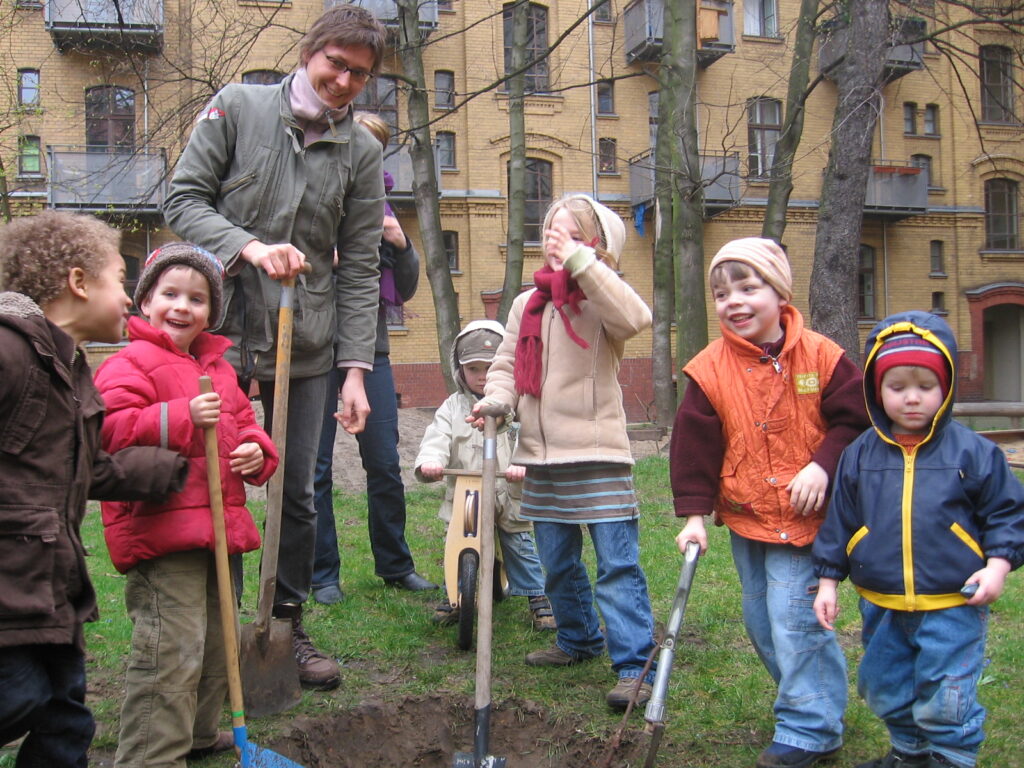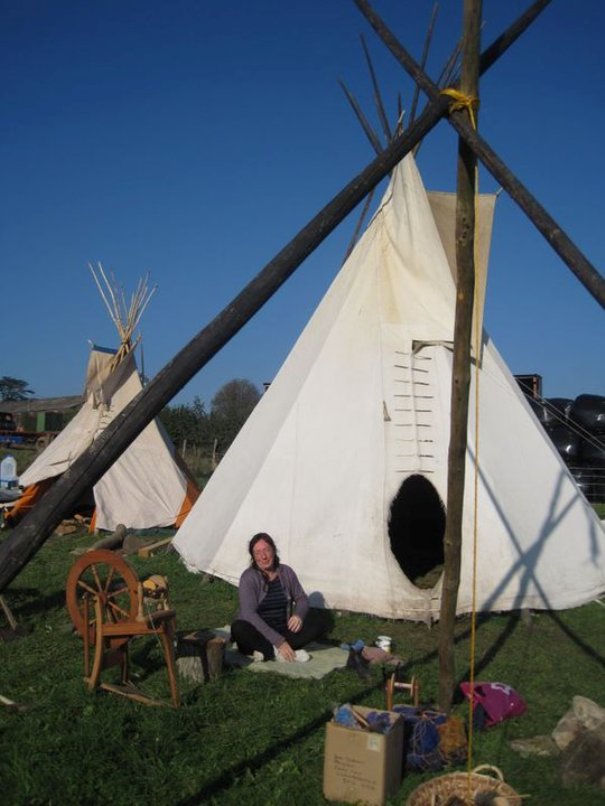On the 27th of January 2000, after only weeks of rash preparation and planning, 51 tenants from the more than 100 year old buildings that make up the Bremer Höhe in Berlin, Prenzlauer Berg, founded the Bremer Höhe Housing Cooperative. The concept behind this new cooperative was to prevent the sale of the historically protected buildings with over 500 apartments in the former east Berlin to a profit-oriented investor. Instead, the inhabitants of the apartments wanted to own and take control of the buildings themselves.
But this wasn’t easy. The new cooperative had to come up with the 25 million Euros needed to buy the buildings and a further 35 million Euros to renovate them, out of nothing and in a very short time. Most of the tenants in this often ignored area were not very well off; they were workers, old people or students on a low income. But through courage, dedication, their own savings and the political support of the city of Berlin, the 51 founders achieved the impossible and in April 2000 they bought their buildings.
The goals of the Bremer Höhe Housing Cooperative were to keep the rents affordable for the tenants, so that they could stay in their communities, to preserve the buildings and to generate a lively neighborhood. It didn’t take long before the majority of the tenants became members of this newborn cooperative. These new members also brought in their own money, accepted the economic plan, which included rent rises, so the construction work could start. After three years of successfully renovating the Wilhelminian-style buildings and modernizing the 500 apartments the Bremer Höhe had become an important stakeholder in the neighborhood.
Once the housing cooperative, the Bremer Höhe was up and running it didn’t rest on its laurels. Several neighborhood projects and interest groups were formed which made positive changes to the houses inner-courtyards, the surrounding streets and the neighborhood. It also became an umbrella organization for other housing projects in places like some formerly squatted buildings, a wagenburg (caravan community) and a small village outside Berlin. In every project the modernization of the buildings according to the tenants wishes and financial potentials was combined with the installation of energy-saving equipment such as photovoltaic or combined heating and power stations. Today the Bremer Höhe Housing Cooperative has around 630 members and 650 apartments. Their rents continue to be way below the average rents in the area.



